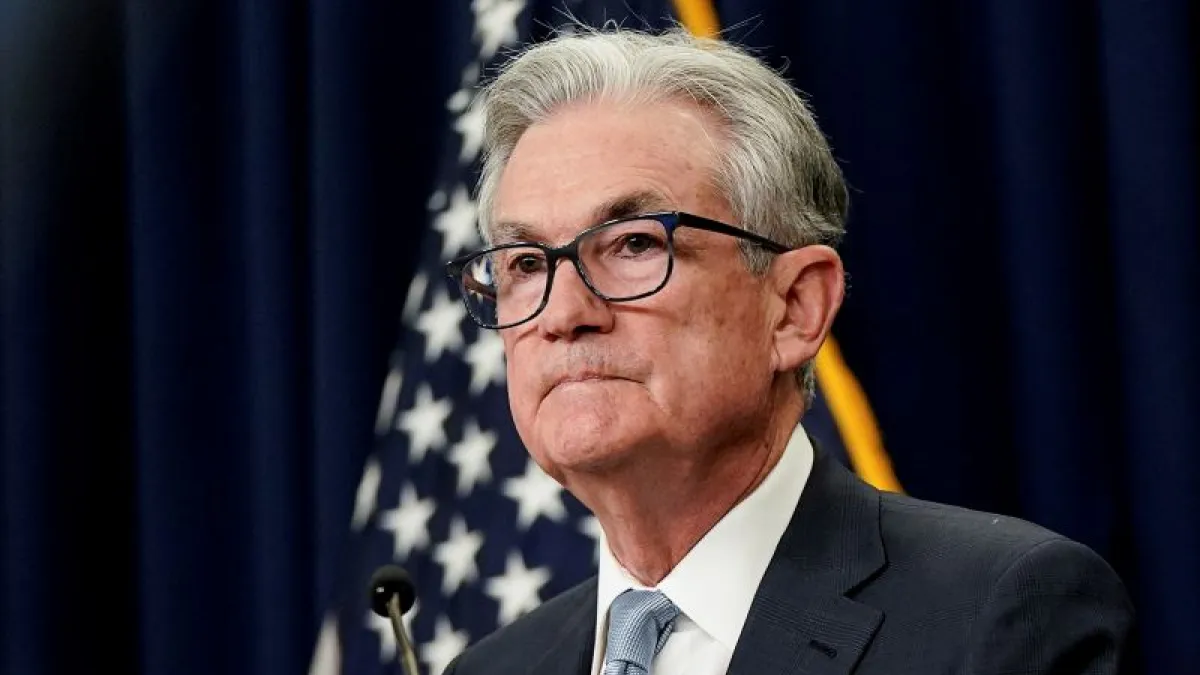
For the fifth meeting in a row, the Federal Reserve Open Market Committee on Wednesday stood pat on interest rates, maintaining the central bank’s benchmark lending rate in a range between 4.25% and 4.5%. The decision to hold steady was widely expected but comes amid rising pressure from President Trump and members of his administration for the Fed to cut rates.
In a notable dissent, two Fed governors appointed by Trump, Michelle Bowman and Christopher Waller, said they favor an immediate rate cut of 25 basis points. It was the first time since 2020 that more than one member of the Fed’s 12-member rate-setting committee broke with Fed Chair Jerome Powell, and the first time in more than 30 years that more than one of the central bank’s seven governors voted in dissent.
Productive meeting: At an afternoon press conference, Powell downplayed the dissenting votes, saying the debate at the meeting was productive and he is not surprised there are different views of how to proceed among Fed officials, given the uncertain environment. The economy is basically in good shape, Powell said, but Trump’s tariffs could deliver a supply shock that threatens both sides of the Fed’s dual mandate of maintaining stable prices while maximizing employment. Potential price increases call for an increase in rates, while a potentially softening labor market calls for a cut, and you can’t do both at the same time.
Powell said that inflation remains a bit too high, even without the tariffs, which appear to be adding more price pressure. The labor market, on the other hand, is basically still in balance, but that could change quickly. “Downside risks to the labor market are certainly apparent,” he said.
Given the contradictory forces in play, it makes sense to continue to wait to see how things develop, Powell said. He added that Fed officials have made no decisions about what they will do at the next meeting in September, and will continue to review new data as it rolls in.
Asked by a reporter about the tariffs, Powell said the country is still in “early days” with respect to how the import taxes will affect the economy. The base case, Powell said, is for tariffs to force a one-time upward price-adjustment throughout the economy, with little effect on inflation beyond that, but officials will have to wait and see. Powell added that no matter how the tariffs present themselves in the economy, they ultimately will not be inflationary — because the Fed will act to nip inflation in the bud if it does begin to flare up. “In the end, there should be no doubt that we will do what we need to do to keep inflation under control,” he said.
Powell also downplayed the pressure coming from Trump to cut rates, pressure recently delivered in person when the president paid an unusual visit to Powell at the Fed’s headquarters building, which is undergoing an expensive — and in Trump’s framing, wasteful and potentially fraudulent — renovation. While some think that Trump has played up the renovation issues to gain leverage over Powell as part of his campaign to force rate cuts, the Fed chief painted a more conciliatory picture. “We had a nice visit with the president,” he said. “It was an honor to host him.”
What the analysts are saying: The Fed’s decision came as no surprise, and Powell’s comments did little to change the outlook for many analysts. Some analysts, though, said they detected a slightly more hawkish tone from Powell than they expected, dimming hopes for more than one rate cut this year.
Mark Hackett, chief market strategist at Nationwide, said investors are now more pessimistic about what would be the first rate cut of the year occurring in September. “Markets turned lower during the press conference as investors became less convinced that a September rate cut is likely,” he said, per Bloomberg. “Chair Powell previously stated that a rate cut would be appropriate if there were no tariffs, but that tone was not expressed this time.”
The CME Groups’ FedWatch tool showed market expectations of a September rate cut falling from more than 75% as of a month ago and about 63% yesterday to roughly 46% today.